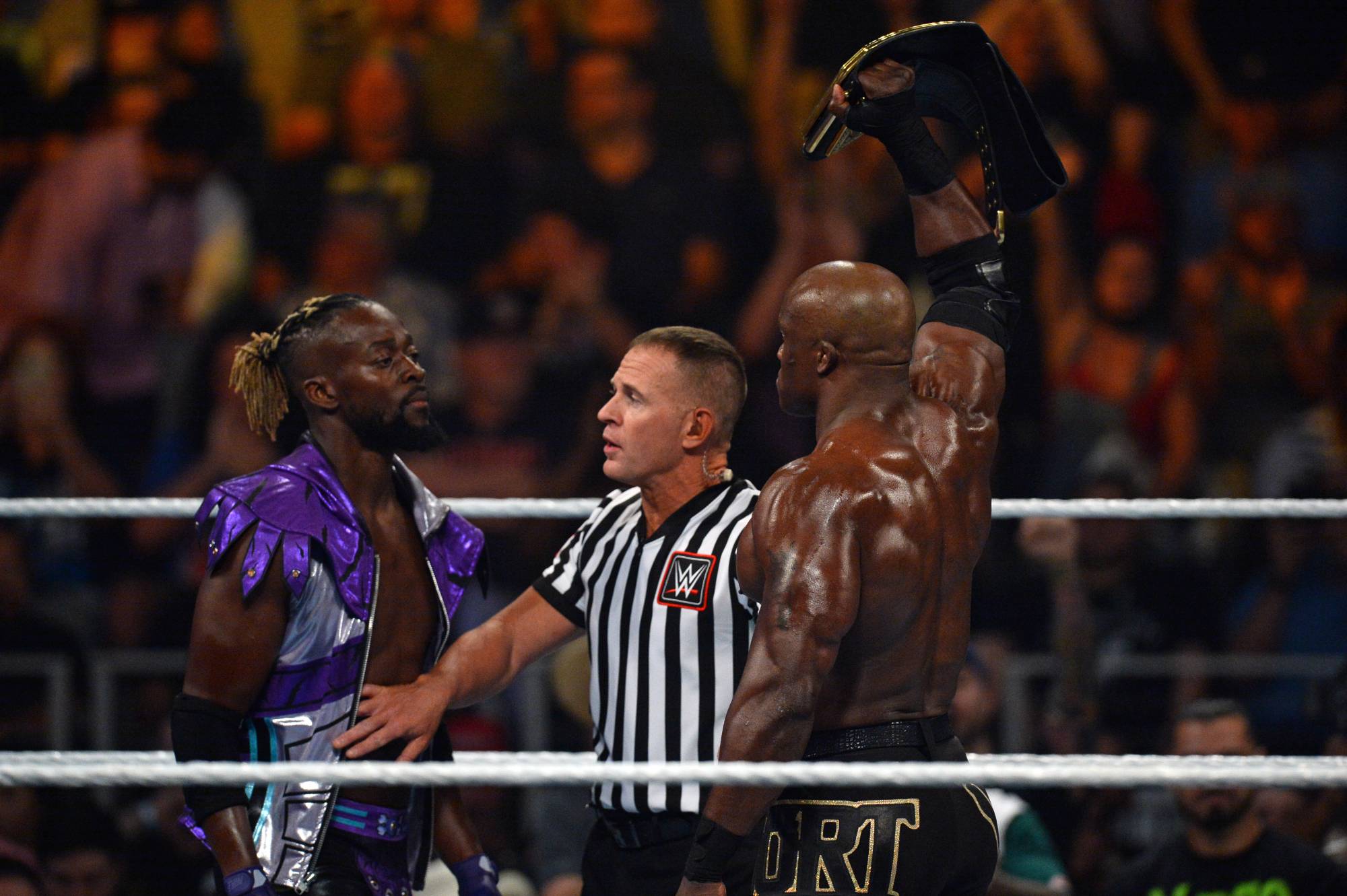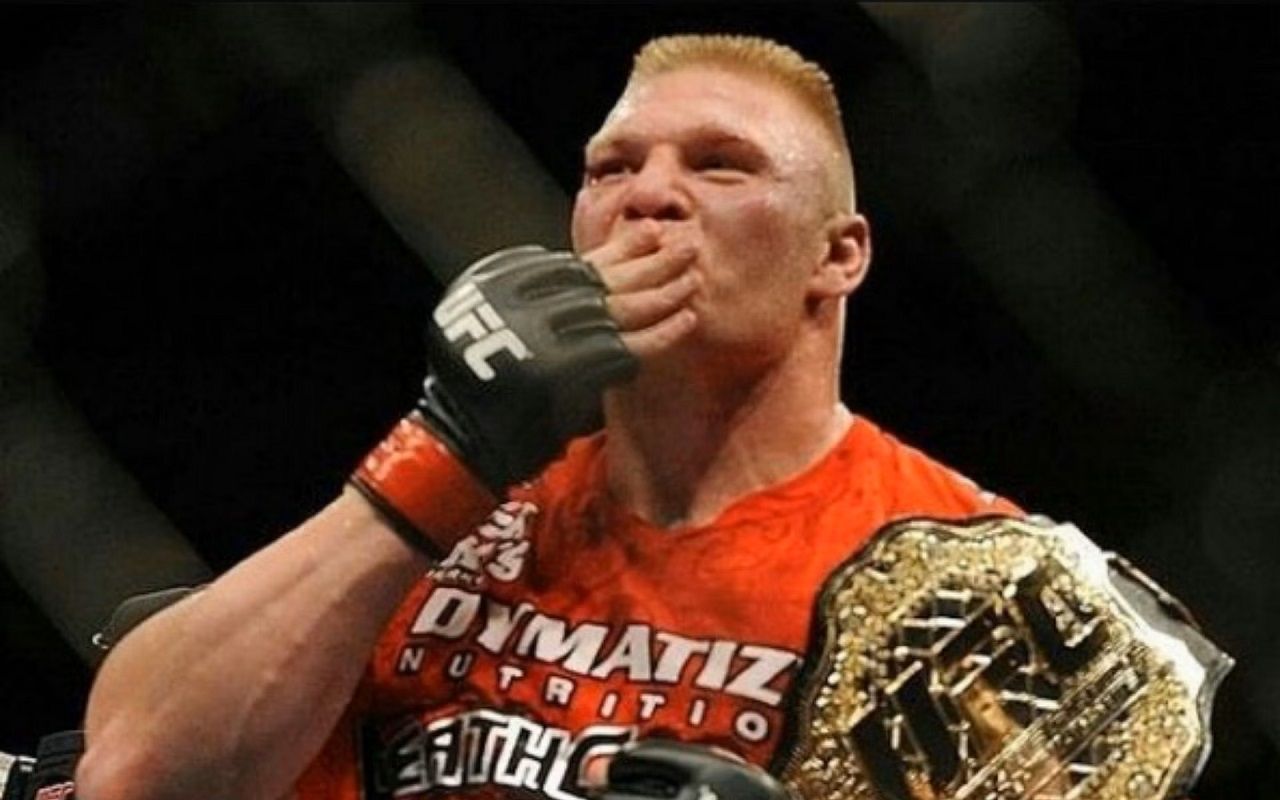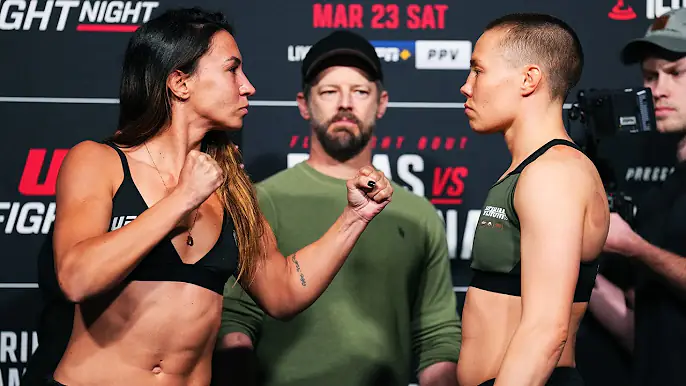Weird and Unusual Rules in UFC: The Oddities of the Octagon
The UFC is the flagship promotion for the sport of mixed martial arts, or MMA, which is a full-contact combat sport that allows both striking and grappling techniques taken from boxing, wrestling, Brazilian jiu-jitsu, and Muay Thai, among others. Although the UFC follows a specific set of rules called the Unified Rules of Mixed Martial Arts, some of the regulations and guidelines may look quite odd to the spectator. All these rules are meant to protect the fighters, make the sport as equal as possible, and keep the sport honorable. In this article, I want to discuss some of the interesting and rather strange rules that are in place in the UFC.
The Unified Rules of Mixed Martial Arts
In order to comprehend odd rules, it is first necessary to comprehend the basis of these rules. The Unified Rules of Mixed Martial Arts were adopted in 2000 by the New Jersey State Athletic Control Board. These rules are followed by most of the athletic commissions in North America and are applicable to the UFC. They discuss weight classes, judging, what is considered foul, and what substances are banned in the sport.
Weight Classes and Weigh-Ins
Perhaps one of the most interesting features of the UFC is the very rigorous weighing system of the fighters. Each combatant has to report to the scale at the right time and be within a particular weight category to qualify to fight. However, the weigh-in process itself can be quite unusual:
Early Weigh-Ins: Boxers may come to the weigh-in before midday, sometimes even more than a few hours before the weigh-in session that the fans are allowed to see. This rule was introduced to help fighters have enough time for rehydration after they have had to shed many pounds in preparation for the bout.
Tolerance for Overweight Fighters: If a fighter loses weight, he can fight but loses a certain amount of his fight purse to his opponent. This rule takes into consideration the fact that weight-cutting is a big challenge while at the same time making sure that the fighters are made to suffer the consequences of failing to make the required weight.
Fouls and Unusual Prohibitions
The Unified Rules outline numerous fouls, some of which might seem odd or overly specific:
No Groin Attacks of Any Kind: Although this may sound rather obvious, the addition of ‘any kind’ is quite significant given the need to shield fighters from possible career-threatening complications.
No Eye Gouging: It does not distinguish between intentional and accidental violations, and since eye injuries are particularly dangerous, fighters must not perform any actions that may result in such injuries.
No Fish Hooking: Fish hooking is another rough tactic that entails placing fingers in an opponent’s mouth, nose, or eyes and pulling them. This rule underlines the necessity of adhering to a specific code of conduct and manners inside the octagon cage.
No 12-6 Elbows: Probably the most discussed rule of MMA is that striking with the elbow in the 12-6 position, that is, straight down, is prohibited. This rule was based on the assumption that such strikes are more dangerous; however, numerous fighters and specialists stated that there is nothing more dangerous about them than any other elbow strikes.
No Spiking: There are certain rules that are banned in the cage, such as that the fighter cannot spike the opponent onto their head or neck. The rationale for this rule is to reduce severe spinal injuries. Significantly, this rule was previously used to eliminate one of the sport’s most popular athletes, Jon Jones, in a bout he was otherwise dominating.
The Referee as a Facilitator
The referee has the responsibility of monitoring the fight and making sure that the fighters do not violate any of the set rules. Some of the referee’s responsibilities might seem unusual but are essential for the smooth conduct of a fight:
Checking for Illegal Substances: Before the fight starts, officials search for prohibited items such as illegal substances and oils that may help the fighters. This ranges from things such as Vaseline, which prevents an opponent from achieving a good grip when grappling.
Monitoring Corner Interactions: The referee makes sure that cornermen do not go overboard in terms of what they say and do when the fight is on. For instance, cornermen are prohibited from applying ice to the fighter’s body owing to the fact that this may be used as a ruse to conceal injuries or exhaustion.
Verbal Submissions: Referees are also taught about verbal submissions, which are less common, but they include a fighter who decides to stop fighting through his or her words. This occasionally causes frustration since the noise of the crowd or a misunderstanding may cause a dispute over the outcome.
Restrictions based on time and the structure of the round
The format of a UFC match is such that it challenges a fighter in terms of technique, stamina, and game plan. Some aspects of the round structure might seem peculiar:
Five-Minute Rounds: UFC fights are in three five-minute rounds, except for the championship and main event fights, which are five five-minute rounds. This format is such that it will ensure that there is constant action while at the same time taking into consideration the physical endurance of the fighters.
Rest Periods: In between each round, the fighter is given one minute to consult with his or her corner, get instructions, and rest for the next round. Indeed, this short break could turn out to be significant for a fighter’s game plan and fitness levels.
The Judging Criteria
The scoring system in the UFC can also seem unusual, particularly to those more familiar with traditional sports.
10-Point Must System: Judges rate a round using the 10-point must system, in which the victor of the round gets 10 points and the vanquished gets 9 points or below. This system, borrowed from boxing, can result in some confusion as to the final decision, especially when the rounds are closely contested.
Effective Striking and Grappling: The momentary output of a round as far as striking and grappling are concerned is supposed to be a major consideration for the judges. This can sometimes cause controversies over the definition of ‘effective’ techniques, particularly in bouts that include both stand-up and ground fighting.
Octagon Control: When there is no dominance in takedown attempts or strikes, judges look at the octagon control, where the fighter sets the fight tempo and direction. This criterion can be rather debatable, and it is one of the main reasons why fans and analysts often find themselves engaged in a heated discussion.
Unusual Fight Endings
The nature of MMA allows for a variety of ways a fight can end, some of which are unique to the sport:
Doctor Stoppage: If a fighter has an open wound or receives any kind of blow that causes him to feel that he is badly hurt, the ringside doctor has the power to stop the fight. This rule is important in protecting the fighters from harm but tends to lead to some rather questionable stoppages, particularly in title fights.
Technical Knockout (TKO) Due to Strikes: A fight can be stopped by the referee, for instance, if a fighter is not in a position to make a reasonable defense against a series of punches. There are controversies about when is the right time to stop: early or late, although the meaning of the phrase “intelligently defend” might be different.
No Contest: In case a fight was stopped as a result of a foul and the fight had not reached a specific point, for instance, halfway through a three-round fight or, alternatively, in the third round of a five-round fight, then it is considered a no contest. This rule cuts down on the ability of fighters to be punished for accidents, although it can be quite infuriating to fans and fighters alike.
A Role of Athletic Commissions
The athletic commissions have an important role in the UFC because they monitor the event and implement the rules, as well as take care of the health conditions of the fighters. Their involvement can sometimes lead to unusual situations:
Licensing and Medical Requirements: A fighter has to secure a license and undergo medical examinations before going to the ring. This covers matters such as drug testing, which has seen many athletes get suspended or even banned from the sport.
Uniform and Equipment Regulations: Champions have to follow numerous rules and regulations concerning clothing and wear. This involves UFC-recommended gloves, shorts, and protective gear that, at times, fighters are not comfortable with due to their personalities or other deals with promoters.
Instant Replay: A few athletic commissions permit the application of instant replay in fight-deciding moments only. This rule is not evenly practiced, hence creating discrepancies in the way fights are controlled across jurisdictions.
The Effects of Unusual Rules
The rather unique set of guidelines that exist in the UFC has various significant functions. They protect the lives of the fighters, preserve the character of the competition, and provide a structure through which the contests can be fought without cheating. The rules are somewhat peculiar and could be deemed unnecessary or even bizarre, but that is because MMA is not a conventional sport and the regulation of a new and rather complex activity is always difficult.
Additionally, these rules help to sustain the element of surprise and the ever-changing environment in the UFC. It is a place where anything can occur, from astonishing upsets to disputed conclusions; all of these oddities inside the octagon play their part in creating an intense, thrilling atmosphere that makes the UFC one of the most captivating sporting organizations globally.
Conclusion
In this case, the rules and regulations of the UFC can be said to be complex and dynamic due to the growing nature of mixed martial arts. Some of them might sound weird, but they are very essential to the overall safety and integrity of the game. While watching the UFC and MMA in general expand, such peculiarities are informative and fun to observe when viewing the sport from a bird’s-eye view, seeing the elegance of the sport’s rules and limits.

















